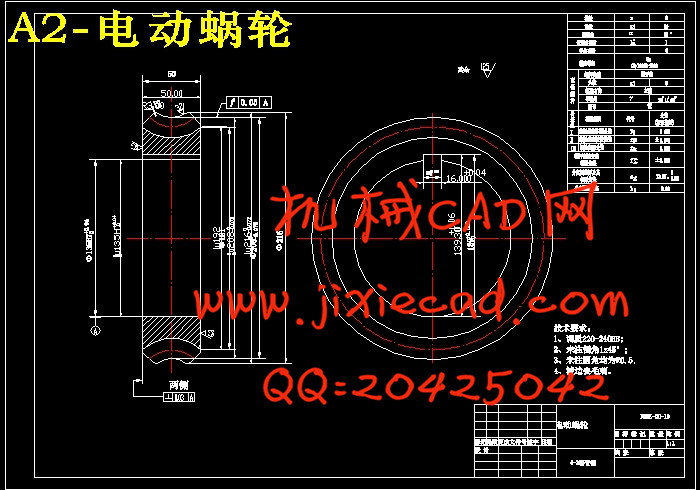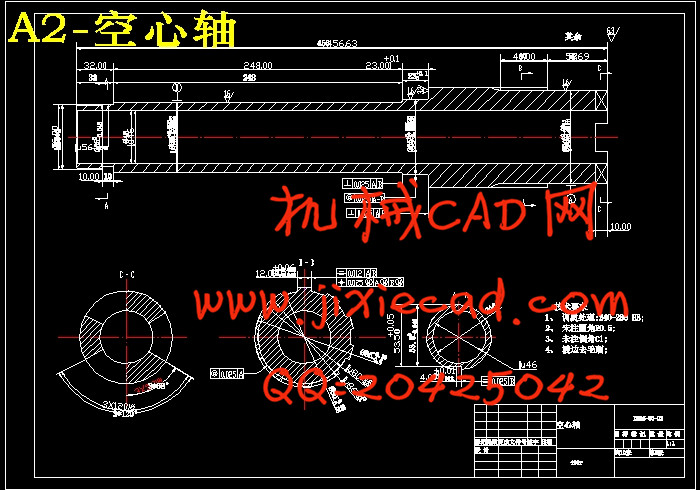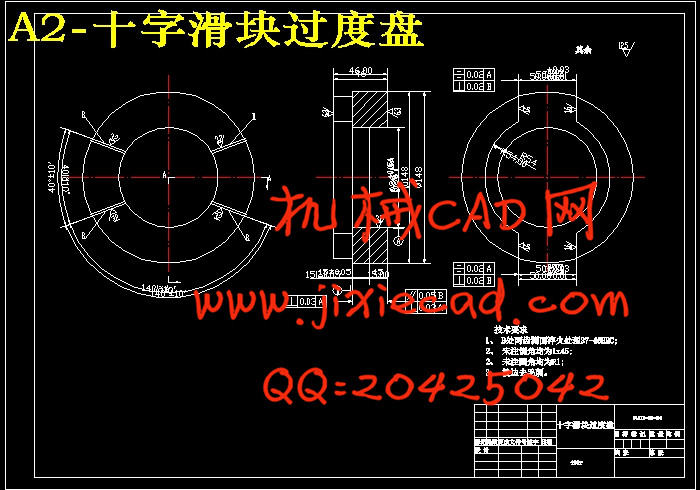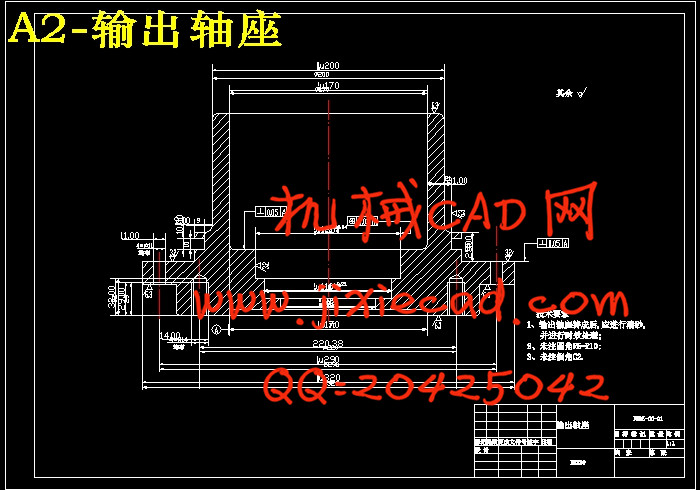设计简介
摘 要
高压阀门在使用过程中容易造成内漏是众所周知的普遍性问题,以致于火电厂在机组大小修中经常花大量费用更换新阀门,但是,无论更换的是国内或进口的优质阀门,换来换去仍然是内漏。我们习惯于把此类问题定性为阀门质量问题,实际上我们忽略了另一个更重要的因素,即阀门电动装置在关闭阀门时是否施加给阀门一个科学、合适的关紧力。因为阀门在关闭后期的压差最大,关紧力达不到,密封面就会产生泄漏,漏则永久性关不严。通常我们使用的电动阀门选用的电动装置有具备一些常规功能的普通型、有自动化程度很高的智能型;但是无论哪一种都没有把阀门关紧力的设定放在首位来考虑。目前,用户多采用行程来控制阀门关闭,设定力矩仅仅作为一种辅助性保护,根本无法满足对阀门关紧力的控制。
关键字 阀门,电动装置,分类选型,少齿差
Abstract
High-pressure valve in the course of the internal leakage is likely to cause the well-known problem, so that the size of thermal power plants in the unit cost of repair often spend a lot of valve replacement, however, whether domestic or imported replacement of high quality valves in exchange for the leak to remain. We are accustomed to this kind of problem identified as the quality of the valve, in fact, we ignore another more important factor, that is, the valve is closed the valve when the electrical device is a science applied to the valve, close off the right edge. Because of the pressure valve in the closed post the largest force of less than a tightly closed, sealing surface will have a leak, leakage and a perpetual loose relationship. Usually we choose to use the electric valve electric device has to have some general features of the ordinary type, there is a high degree of automation, intelligent; but no matter what kind of valve did not close all the power of setting the first place to consider. Currently, many users turn off the valve to control the use of travel, set torque only as a supplementary protection, simply can not meet the force control valve tightly closed.KEY WORDS Valve;electric device;Category Selection;small teeth difference geer
目 录
1 绪论 1
1.1 阀门电动装置的简介 1
1.2 阀门电动装置的分类与选用依据 1
1.2.1 阀门电动装置的分类 1
1.2.2 阀门电动装置的选择依据 2
1.3 阀门电动装置的发展现状及发展趋势 4
1.3.1 发展现状 5
1.3.2 发展趋势 5
1.4 阀门技术标准的发展状况 7
1.5 本课题的选题背景 8
1.6 本课题的研究意义 9
2 阀门电动装置的工作原理和设计方案 11
2.1 阀门电动装置的工作原理 11
2.2 阀门电动装置的传动方案的确定 11
2.2.1 根据阀门类型选择电动执行器 11
2.2.2 根据生产工艺控制要求确定电动执行器的控制模式 12
2.2.3 根据使用环境和防爆等级选择 13
2.2.4 根据阀门所需的扭矩确定输出扭矩 13
2.2.5 各组成部分的确定 13
3 总体设计计算 14
3.1 电动机的选择 14
3.1.1 各运动副的效率 14
3.1.2 功率的计算 14
3.1.3 电机选择 14
3.2 计算阀杆外径 15
3.3 电动蜗轮的推算 16
3.3.1 推算蜗轮内孔直径 16
3.3.2 推算蜗轮齿根圆直径 16
3.4 分配传动比 16
3.4.1 各传动机构的传动比 16
3.5 少齿差减速机构的设计及强度校核 17
3.5.1 概述 17
3.5.2 少齿差齿轮副的几何计算步骤 18
3.5.3 渐开线少齿差行星传动的强度计算 19
3.5.4 少齿差齿轮宽度的计算 23
3.6 电动蜗轮蜗杆强度设计和几何计算 23
3.6.1 电动蜗轮蜗杆强度设计 23
3.6.2 蜗轮蜗杆的几何尺寸 24
3.7 手动部分设计 25
3.7.1 手动部分蜗轮蜗杆的设计 25
3.7.2 手动部分增速齿轮的设计 26
3.8 轴承的校核 29
3.8.1 电动蜗杆上轴承的选择和校核 29
3.8.2 手动蜗杆上角接触球轴承的校核 32
3.8.3 空心轴用球轴承的校核 35
3.9 键的选择与校核 37
3.9.1 花键的设计 37
3.9.2 普通平键 38
3.10 空心轴强度校核 39
3.11 拉压传感器的选择 41
结束语 44
致谢 45
参考文献 46











